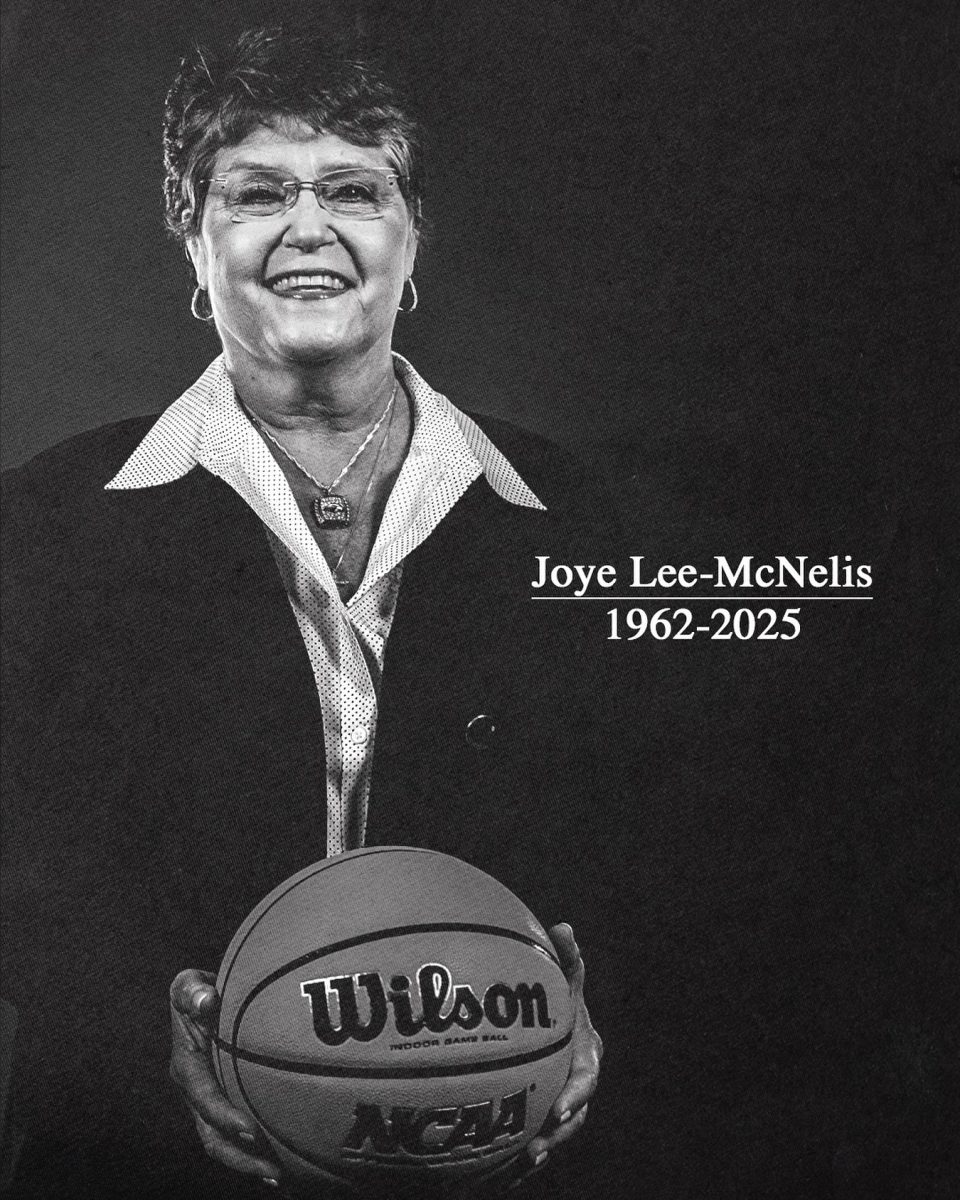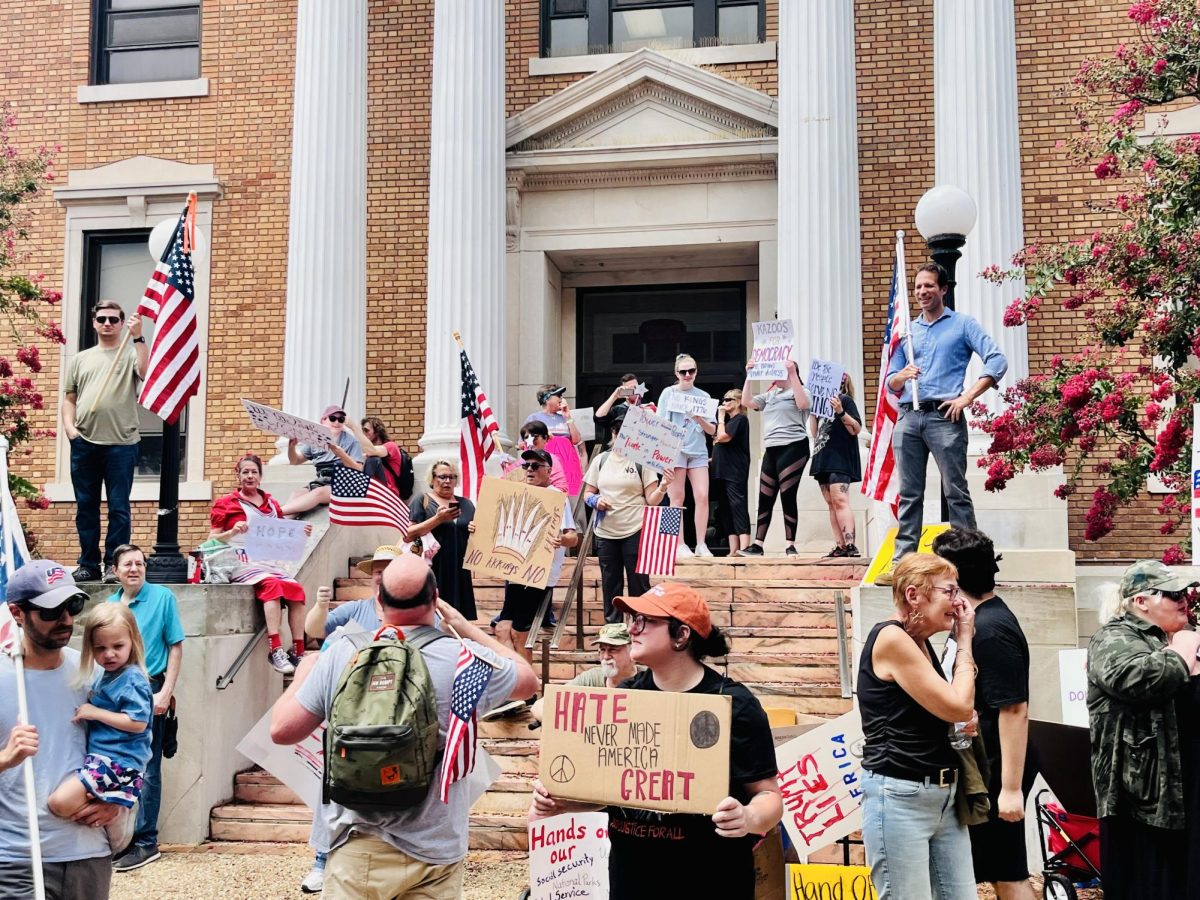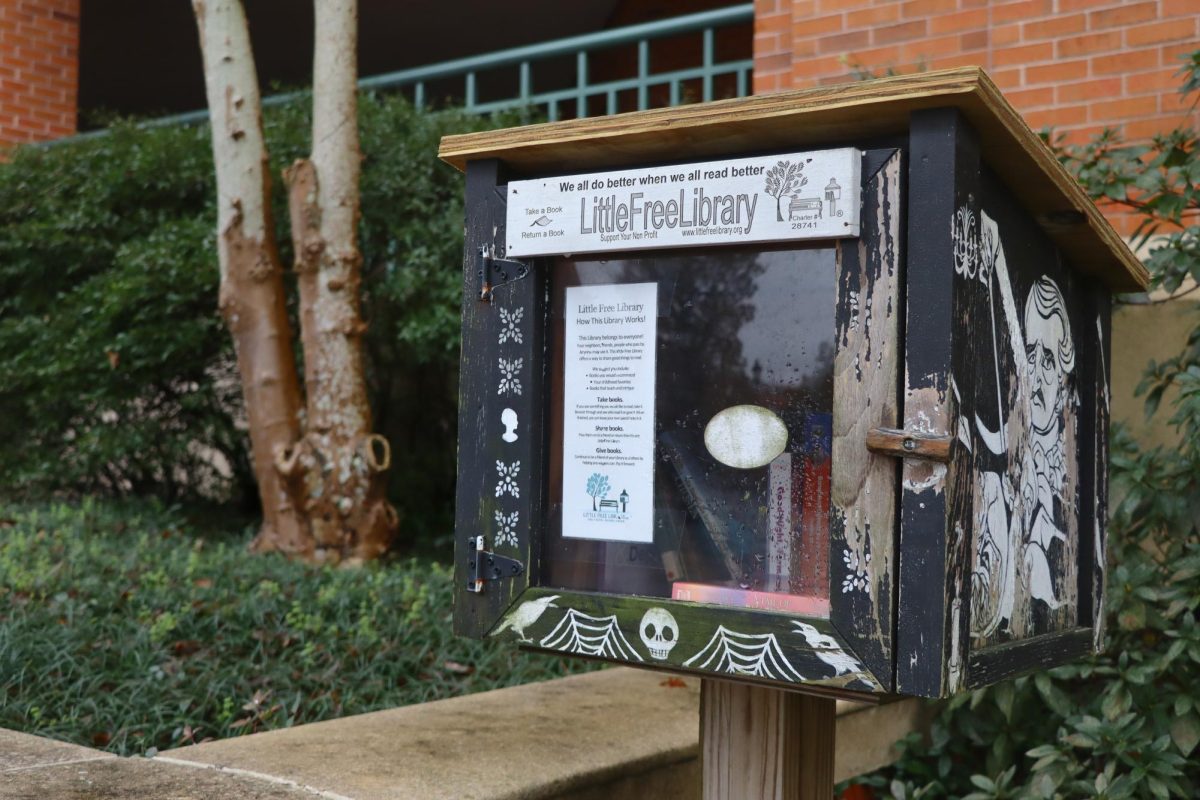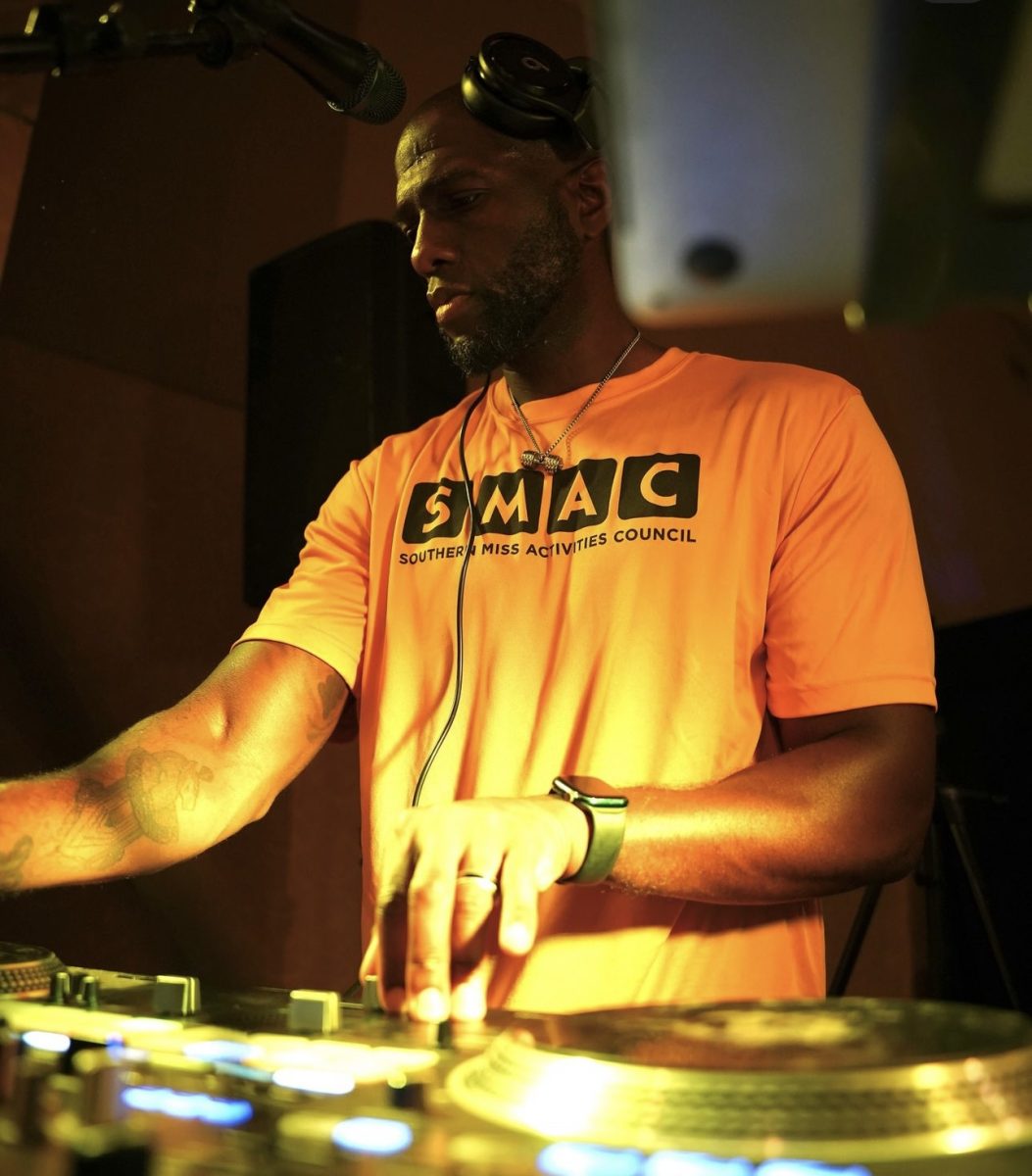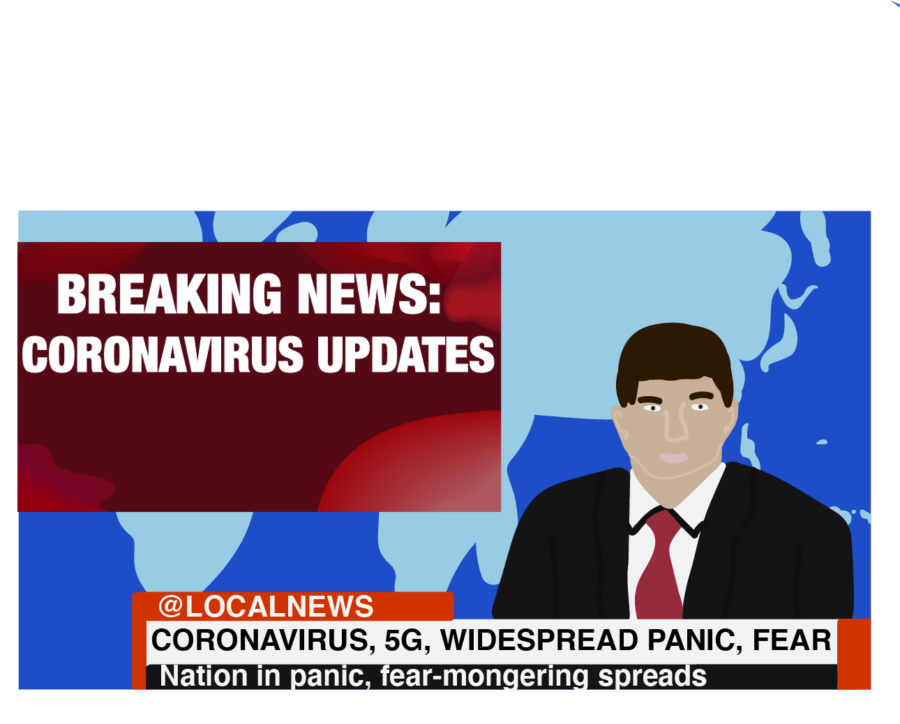In the current pandemic, it is now more difficult than ever to not succumb to fear and paranoia. Whether through social media or news outlets, information — or misinformation — spreads more quickly than the virus itself. The best example of this are the various photographs of store shelves, empty of household items.
Such photographs were—and continue to be—pandemic staples. While at first meant to inform, these photographs now do nothing more than stoke fear. So then, why are these photos continuing to make the news feed rounds, especially after stores have limited household purchases?
Because fear sells more than anything else.
The fear mongering by both social media and news channels contributed to the selling out of masks, sanitizer and other preventative items. Photographs of so-called regular people wearing masks in public also made the rounds to show the severity of the problem. Rumors of a complete and total shutdown had regular citizens stockpiling for the apocalypse.
Before Mississippi shut down, Gov. Tate Reeves said, “Mississippi’s never going to be China. Mississippi’s never going to be North Korea.” The American fear of anything potentially undemocratic influenced Mississippi to be one of the last states playing catch-up to decreasing the flow of the virus. Mississippi’s shelter-in-place is currently set to expire April 27, set in place a while after other states did.
The fears of a stock market crash and a further economic downturn continues to plague the White House as well. President Donald Trump said that governors could decide to reopen states as early as May 1. The fear of a weak economy overshadows the fear that the United States is in no way prepared to reopen. However, in the long run, it is much easier to heal from an economic crash than a public health crisis.
Many people question how America could have been so unprepared for a public health crisis. That preparation failure is rooted in the fear and mistrust of scientists and other healthcare officials long before COVID-19 came to be. Such a failure has been waiting in the shadows since the creation of supposed “fake news” and blatant disregard for scientific fact became the norm. Furthermore, public health continues to be a political weapon instead of the great unifier, such as in the notorious “anti-vax” movement.
Going forwards, fear mongering will hopefully decrease once the media’s focus shifts from trying to assign blame to keeping people indoors. It is not worth the brain power to spin conspiracy theories about China, the White House or your suspicious next-door neighbor. On Capitol Hill, both Democrats and the GOP are making public healthcare a political issue, especially now that reelection season is rolling around, no matter how terrible a move this actually is.
As many people have said, there are no set guidelines for navigating these uncharted waters. However, there is one thing that remains true. Instead of assigning blame, we — as a country — should be trying to solve the problem at hand, or at least promoting good news. For example, there are now as many as 30 potential drugs currently being tested for curing COVID-19, some of which have been very effective.
In summary: information overload is toxic. That overload is even more dangerous when you don’t know how much of the information is exaggerated or true. During this time, I encourage you to practice critical thinking about the information you read during that endless scroll of social media.

